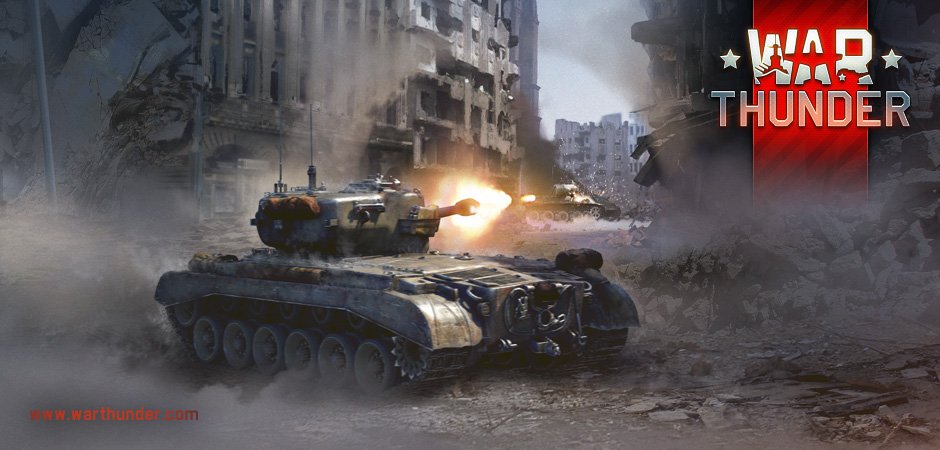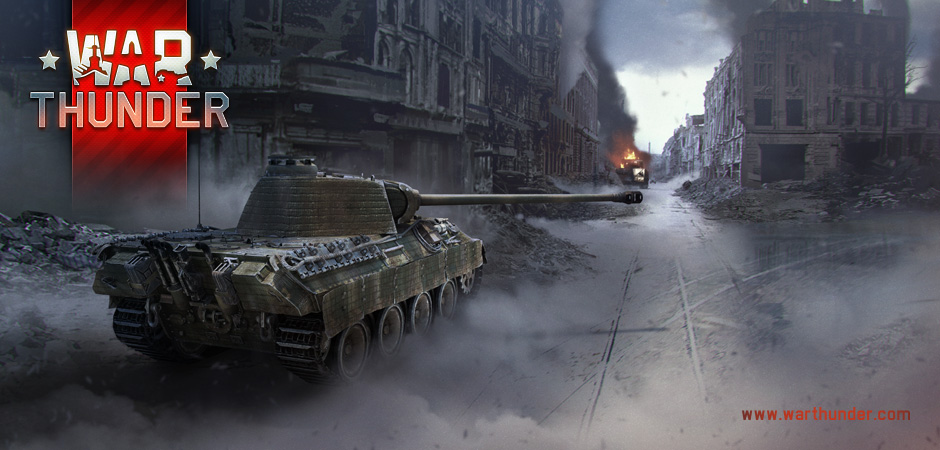
- For PC
- For MAC
- For Linux
- OS: Windows 10 (64 bit)
- Processor: Dual-Core 2.2 GHz
- Memory: 4GB
- Video Card: DirectX 11 level video card: AMD Radeon 77XX / NVIDIA GeForce GTX 660. The minimum supported resolution for the game is 720p.
- Network: Broadband Internet connection
- Hard Drive: 23.1 GB (Minimal client)
- OS: Windows 10/11 (64 bit)
- Processor: Intel Core i5 or Ryzen 5 3600 and better
- Memory: 16 GB and more
- Video Card: DirectX 11 level video card or higher and drivers: Nvidia GeForce 1060 and higher, Radeon RX 570 and higher
- Network: Broadband Internet connection
- Hard Drive: 75.9 GB (Full client)
- OS: Mac OS Big Sur 11.0 or newer
- Processor: Core i5, minimum 2.2GHz (Intel Xeon is not supported)
- Memory: 6 GB
- Video Card: Intel Iris Pro 5200 (Mac), or analog from AMD/Nvidia for Mac. Minimum supported resolution for the game is 720p with Metal support.
- Network: Broadband Internet connection
- Hard Drive: 22.1 GB (Minimal client)
- OS: Mac OS Big Sur 11.0 or newer
- Processor: Core i7 (Intel Xeon is not supported)
- Memory: 8 GB
- Video Card: Radeon Vega II or higher with Metal support.
- Network: Broadband Internet connection
- Hard Drive: 62.2 GB (Full client)
- OS: Most modern 64bit Linux distributions
- Processor: Dual-Core 2.4 GHz
- Memory: 4 GB
- Video Card: NVIDIA 660 with latest proprietary drivers (not older than 6 months) / similar AMD with latest proprietary drivers (not older than 6 months; the minimum supported resolution for the game is 720p) with Vulkan support.
- Network: Broadband Internet connection
- Hard Drive: 22.1 GB (Minimal client)
- OS: Ubuntu 20.04 64bit
- Processor: Intel Core i7
- Memory: 16 GB
- Video Card: NVIDIA 1060 with latest proprietary drivers (not older than 6 months) / similar AMD (Radeon RX 570) with latest proprietary drivers (not older than 6 months) with Vulkan support.
- Network: Broadband Internet connection
- Hard Drive: 62.2 GB (Full client)

1280x1024 | 1920x1080 | 2560x1440
From 15.00 GMT on the 25th of March until 07.00 GMT on the 28th of March
on the location “Advance to the Rhine” (available in the event)!
|
|
|
New duels, new faces, tankers! From the 25th of March you will have the opportunity not only to participate in battles inspired by the historical duel of the Pershing and the Panther at Cologne, but also to unlock completely new tanker profile icons if you will be one of the best duelists!
Destroy enemy ground vehicles and receive 'Supply Boxes' containing valuable items!
|
|

Tasks (can be completed only in the special event) :
 |
 |
Whilst driving Panther A, destroy a total of 30 US tanks on the location “Advance to the Rhine” |
 |
 |
Whilst driving Panther A, destroy a total of 60 US tanks on the location “Advance to the Rhine” |
 |
 |
Whilst driving Panther A, destroy a total of 100 US tanks on the location “Advance to the Rhine” |
 |
 |
Whilst driving M26 Pershing tank, destroy a total of 30 German tanks on the location “Advance to the Rhine” |
 |
 |
Whilst driving M26 Pershing tank, destroy a total of 60 German tanks on the location “Advance to the Rhine” |
 |
 |
Whilst driving M26 Pershing tank, destroy a total of 100 German tanks on the location “Advance to the Rhine” |
In Realistic and Simulator modes, a player needs to destroy half as many enemy vehicles.
Participate in the Battles: |
Vehicle List: |
|
|
|
|
|
|
|
[Domination] [AB] |
[Domination] [RB] |
[Domination] [SB] |
M26 Pershing |
Panther A |
You are guaranteed to receive the main prize (a unique tanker profile icon) once you complete all three stages for a nation of your choice (or both of them).
Pershing vs Panther
The M26 Pershing spent a long time in development, and appeared on the battlefields of World War II at the end of the war. These tanks, considered heavy that time, began to enter the US Army as late as the winter of 1945. In spite of fact that the military career of this veteran tank was limited to only a few months in the final conflict, historians and military experts document the illustrative skirmishes between these tanks and German armored vehicles. The most well-known episode involving the Pershing on the front lines of the Second World War was probably its duel with 'The Cologne Panther' in March 1945.a
The episode is renowned not only because the newest American tank almost immediately destroyed the German Panther that was preventing the advancement of other American troops in the city, but also because it was caught on film by US signal corps sergeant Jim Bates. The video clearly shows the effects on the German tank of three direct hits from the 90 mm cannon of the M26 tank, which rounded the street corner after an allied Sherman was destroyed by the Panther, successfully took its first shot on the move, and then took two more after stopping in the middle of the street.
The 46 second clip can easily be found online.
We invite you to take part in the event dedicated to this episode of March 1945: the Pershing and Panther duel in Cologne!

1280x1024 | 1920x1080 | 2560x1440
The M26 Pershing is a medium tank developed and launched into series production in the US in 1944. Until 1946 (most likely because of its 90 mm cannon) it was classified as a heavy tank. The Pershing was developed as the logical successor of the Sherman medium tank, which, by the second half of World War II, was outdated and in need of significant modernization or replacement. In developing the M26, American engineers tried to eliminate the chief drawbacks of its predecessor: its relatively weak armament and armor. With this aim, the new tank received a powerful 90 mm M3 cannon and its turret and hull were fully replaced. The tank became significantly heavier, but took its engine from the Sherman, with the result that its maximum speed and acceleration were worse than its predecessor. That said, the sum of all its other characteristics easily compensated for its poor mobility.
All the above technical features of the vehicle have been reflected in War Thunder. Playing on the M26 certainly feels like playing a heavy tank, since it has an excellent weapon and decent armor at its disposal, while its mobility on the other hand is worse than other medium tanks. One of the main advantages of the Pershing is its adaptability. It has a relatively quick reload speed for its cannon, and its good elevation angles allow it to successfully deal with enemies both on hilly, rough terrain and in urban conditions.
The Pz.Kpfw. V is one of the most famous tanks of the Second World War, the legendary Panther. Developed back in 1942 as a medium tank (based on German classification), it remained in service until the very end of military activities in May 1945. By 1945, the Panther was one of the most dangerous enemies to allied tanks: British Cromwells and American Shermans alike could rarely pierce its sloped front armor, and risked instant destruction under fire from its long-barreled 75 mm KwK42 cannon in the attempt.
In spite of its size, the Pz.Kpfw. V is closer to a classic medium tank in its play style: the armor can't withstand too many shots from the opponent (particularly the front of the turret and the gun mantlet, where, in contrast to the upper front plate, there is practically no armor angle). On the other hand, the tank's good speed characteristics and powerful armament make fire & retreat tactics and flanking maneuvers work very well.
Want to read more about the vehicles in War Thunder? Find other Versus Articles on our website!
The War Thunder Team
 or SL
or SL  booster.
booster.







